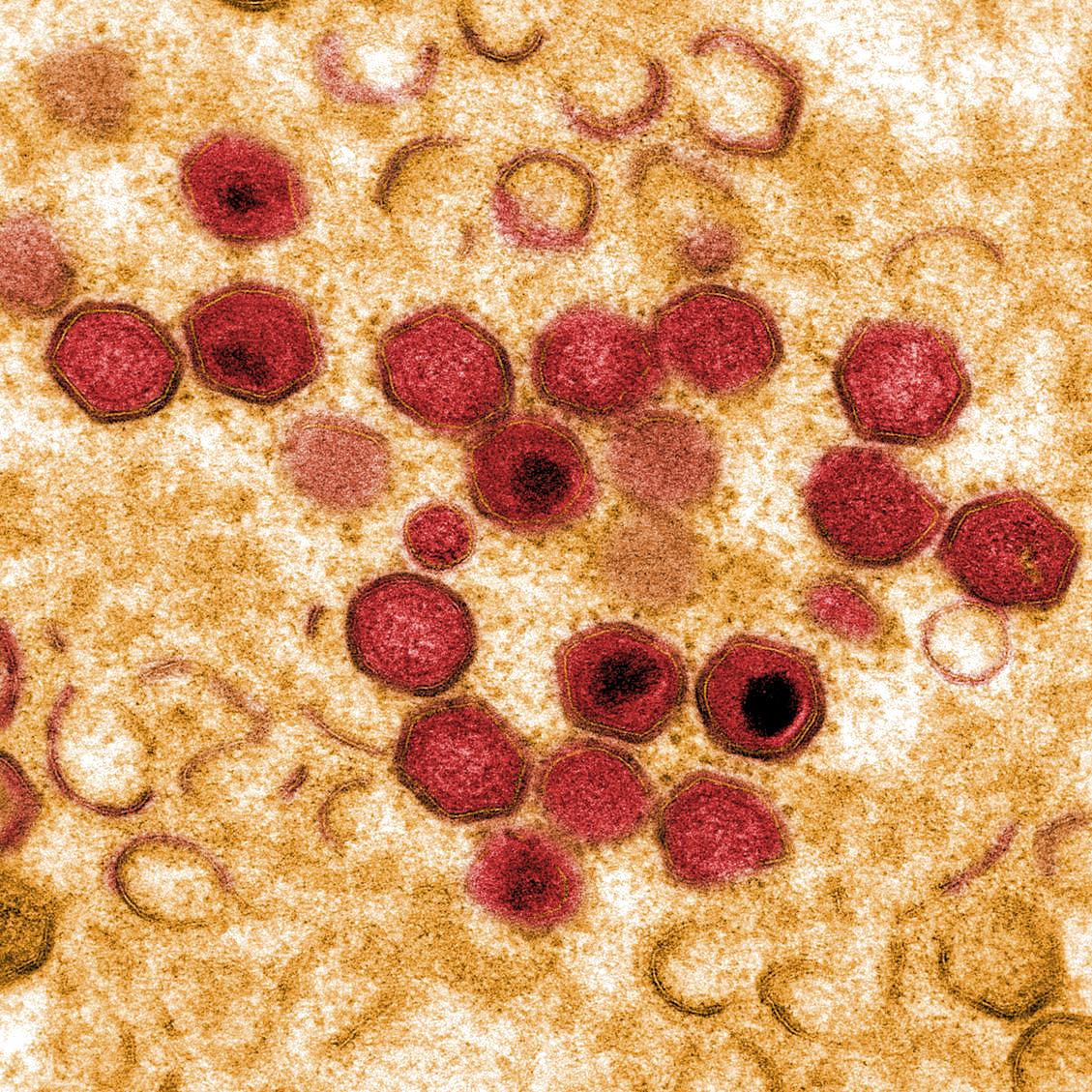A deeper insight on evolutionary patterns and phylogenetic history of ASFV epidemics in Sardinia (Italy) through extensive genomic sequencing.
African swine fever virus (ASFV) is the etiological agent of the devastating disease African swine fever (ASF), for which there is currently no licensed vaccine or treatment available. ASF is defined as one of the most serious animal diseases identified to date, due to its global spread in regions of Africa, Europe and Asia, causing massive economic losses. On the Italian island of Sardinia, the disease has been endemic since 1978, although the last control measures put in place achieved a significant reduction in ASF, and the virus has been absent from circulation since April 2019. Like many large DNA viruses, ASFV mutates at a relatively slow rate. However, the limited availability of whole-genome sequences from spatial-localized outbreaks makes it difficult to explore the small-scale genetic structure of these ASFV outbreaks. It is also unclear if the genetic variability within outbreaks can be captured in a handful of sequences, or if larger sequencing efforts can improve phylogenetic reconstruction and evolutionary or epidemiological inference. The aim of this study was to investigate the phylogenetic patterns of ASFV outbreaks between 1978 and 2018 in Sardinia, in order to characterize the epidemiological dynamics of the viral strains circulating in this Mediterranean island. To reach this goal, 58 new whole genomes of ASFV isolates were obtained, which represents the largest ASFV whole-genome sequencing effort to date. We provided a complete description of the genomic diversity of ASFV in terms of nucleotide mutations and small and large indels among the isolates collected during the outbreaks. The new sequences capture more than twice the genomic and phylogenetic diversity of all the previously published Sardinian sequences. The extra genomic diversity increases the resolution of the phylogenetic reconstruction, enabling us to dissect, for the first time, the genetic substructure of the outbreak. We found multiple ASFV subclusters within the phylogeny of the Sardinian epidemic, some of which coexisted in space and time.
